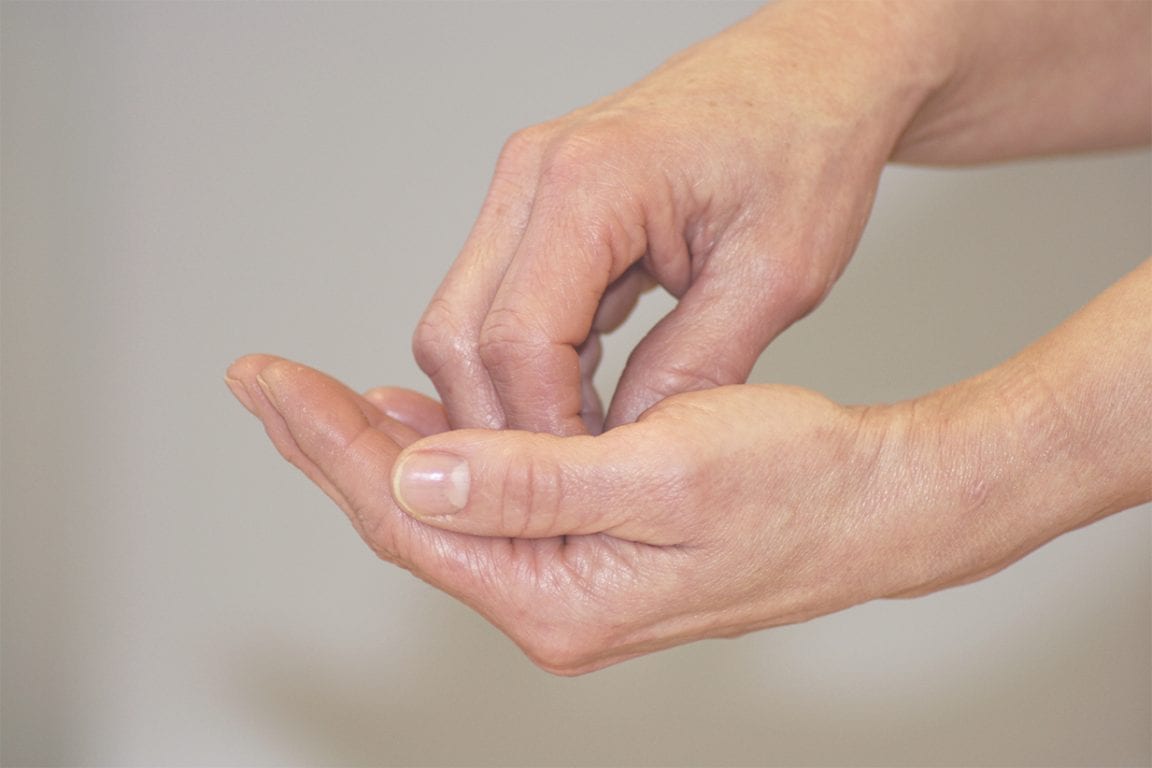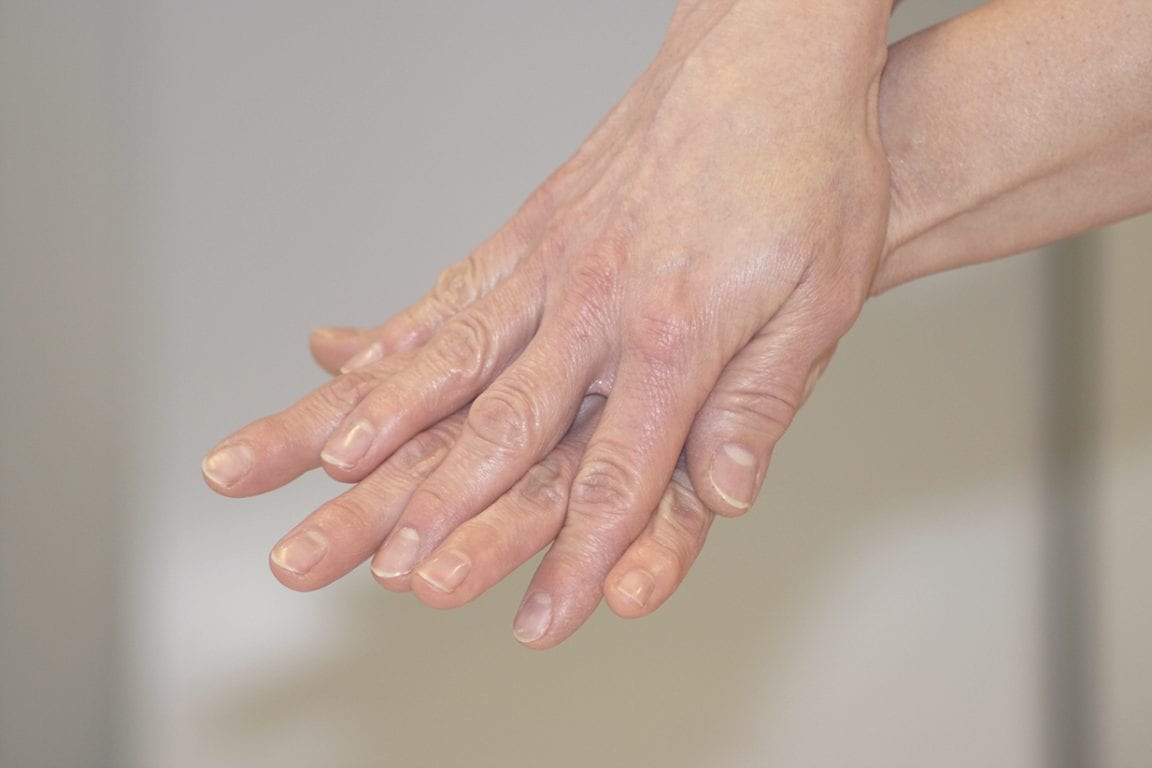Use of hand disinfectant and skin care

Use of hand disinfectant and skin care
An essential part of the everyday life of healthcare is good hand hygiene and the use of hand disinfectant. By reducing the washing of your hands with soap and by the abundant use of hand disinfectant, you will keep your hands in shape and protect your skin from drying.¹ In regular hand disinfection, 2–4 ml of hand disinfectant is used and rubbed into the hands until the hands are dry. In surgical hand disinfection, hand disinfectant is rubbed into the hands repeatedly so that the hands will remain moist from the hand disinfectant for three minutes, which means that 9–15 ml of disinfectant is used. ¹
Using hand disinfectant after washing your hands reduces skin irritation. When the skin’s moisture balance is disturbed, hand disinfectant can cause a stinging sensation on broken skin, but this is not an allergic reaction. The stinging effect of alcohol disinfectant will pass in a few days after the glycerol shapes the surface layers of the keratinocytes to be denser and the alcohol will no longer reach the nociceptors. If the skin on the hands is so damaged that you cannot comply with the hand hygiene instructions provided, it is recommended to contact occupational healthcare.¹
The ethanol-based LV Hand Disinfectant is used to treat multiple skin conditions (seborrheic dermatitis, infected eczema and atopic dermatitis in adults and teenagers). Washing with water and the use of moisturisers can be replaced by hand disinfectant in treating itchy and dry skin.
Hand disinfection

Regular hand disinfection:
- Apply a generous amount of hand disinfectant on dry hands. A suitable dose is, depending on the size of the hand, 3–5 ml or 2–3 doses from a pump bottle or a hand disinfectant dispenser.
2. Carefully rub all over your hands.
- to the fingertips
- under your nails and on the cuticles
- on both thumbs and other fingers
- between the fingers

3. Rub until your hands are dry (for 20–30 seconds).
References:
1. Anttila, V-J., Hellstén, S., Rantala, A., Routamaa, M., Syrjälä, H. & Vuento, R. 2010. Hoitoon liittyvien infektioiden torjunta. Suomen Kuntaliitto. WS Bookwell Oy. Porvoo.